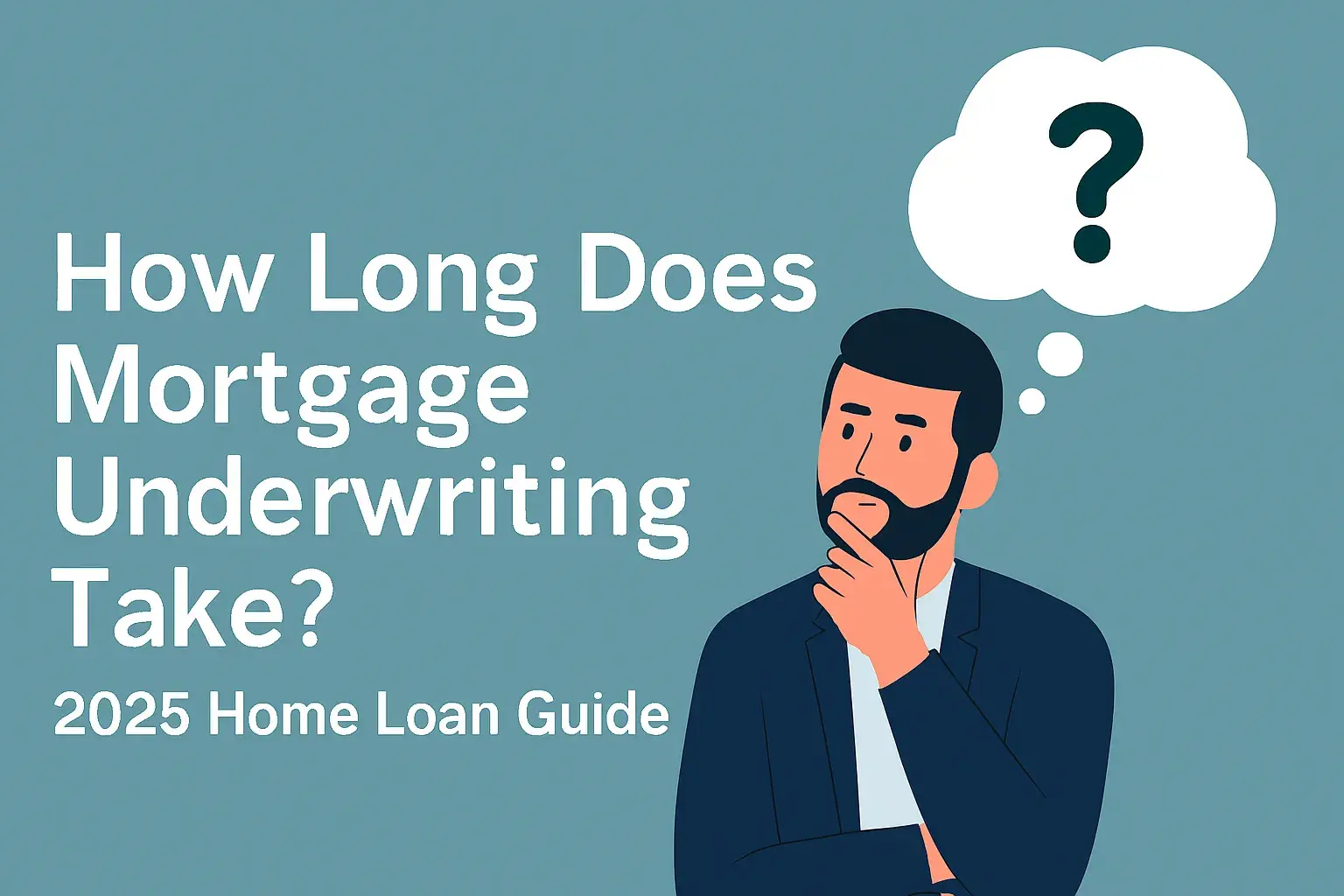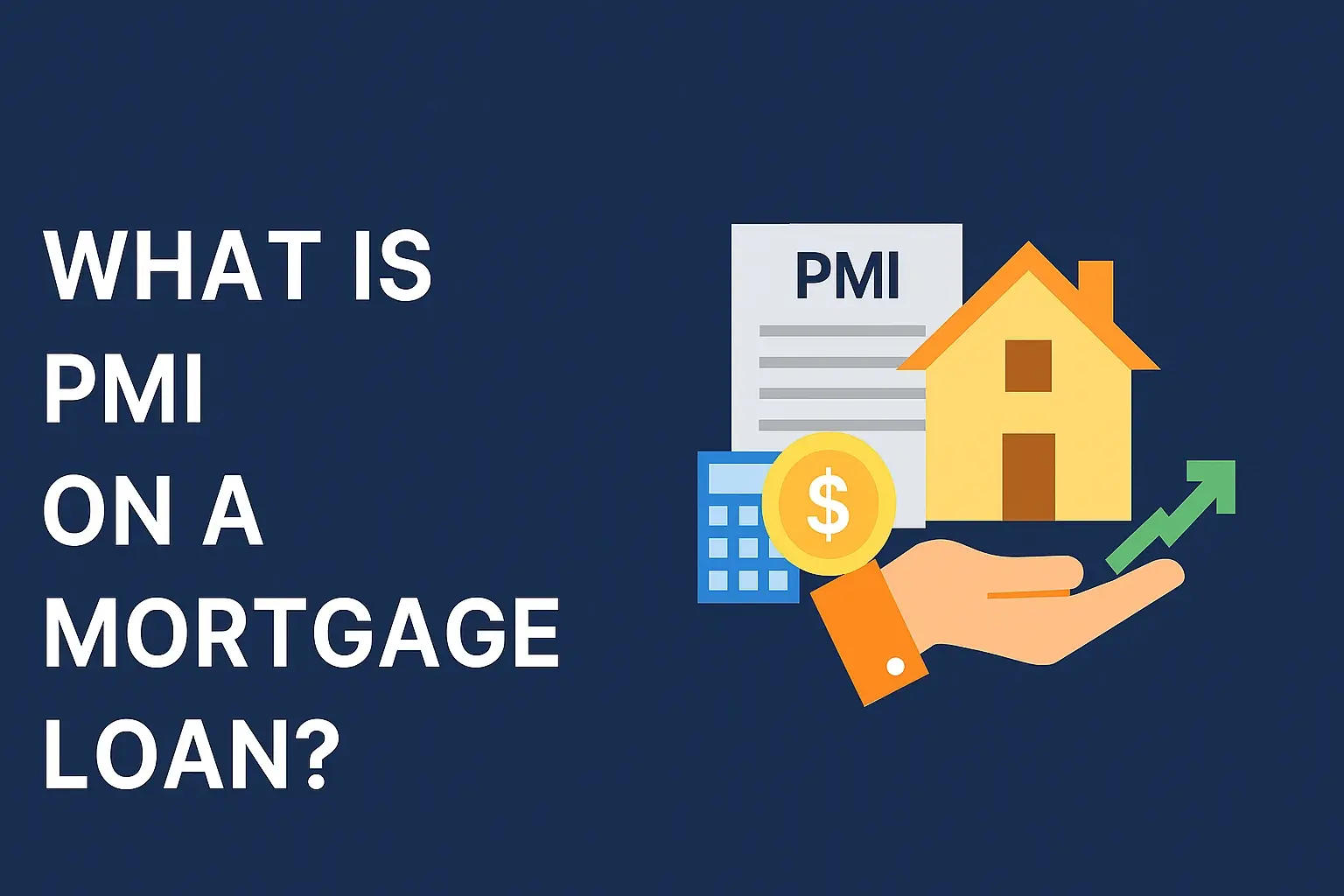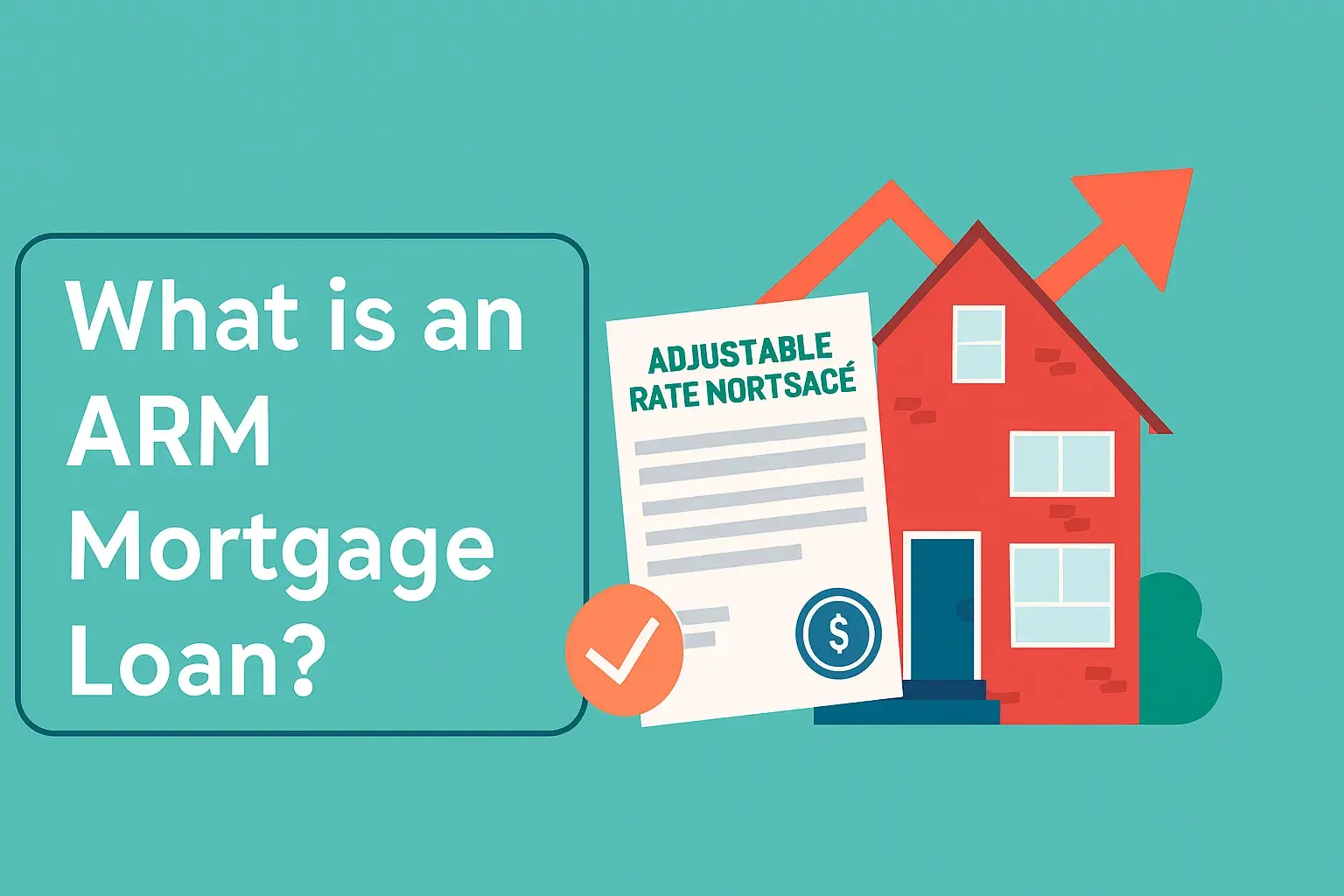-
Posted on: 25 Apr 2025

-
Discover legitimate strategies to remove collection accounts from your credit report without making a payment. This guide offers actionable steps and insights for 2025, empowering you to improve your creditworthiness and financial future.
Understanding Collection Accounts on Your Credit Report
Collection accounts are a significant negative mark on your credit report. They appear when a debt you owe, typically a credit card, loan, or medical bill, has been sold by the original creditor to a third-party debt collection agency. This agency then attempts to collect the outstanding balance. Even if the original debt was small, a collection account can drastically lower your credit score, making it harder to secure new credit, rent an apartment, or even get certain jobs. In 2025, understanding the nuances of these accounts is crucial for effective credit management.
These accounts remain on your credit report for up to seven years from the date of the original delinquency, regardless of whether you pay them or not. The impact on your credit score diminishes over time, but their presence can still be detrimental. Many consumers mistakenly believe that paying off a collection account will immediately boost their score, but this is often not the case. In fact, sometimes making a payment can "revive" an old debt, restarting the clock on its reporting period or even making it appear as a new, active debt. This is why the pursuit of removing collections without paying is so prevalent.
Why Collections Hurt Your Credit Score
Credit scoring models, such as FICO and VantageScore, heavily weigh payment history and the presence of negative items. Collection accounts signal to lenders that you have a history of not meeting your financial obligations. This risk is reflected in a lower credit score. The amount of the collection, the age of the debt, and whether it has been paid or settled all play a role in the severity of the score impact. For instance, a collection account from a medical bill might have a slightly different impact than a defaulted car loan, but both are generally viewed negatively.
The presence of a collection account can lead to higher interest rates on future loans, larger down payments required for purchases, and outright denial of credit applications. Understanding this impact is the first step in strategizing how to address these items. Many individuals feel powerless against collection agencies, but armed with knowledge of your rights and the dispute process, you can take control.
The Role of Credit Bureaus
The three major credit bureaus in the United States are Equifax, Experian, and TransUnion. These bureaus collect and maintain your credit information. When a debt goes into collections, the collection agency reports it to these bureaus. Your credit report is a compilation of this information. The accuracy of this information is paramount. If a collection account is reported inaccurately, or if it violates consumer protection laws, it may be grounds for removal.
It's essential to obtain your credit reports regularly from all three bureaus. AnnualCreditReport.com is the official, government-mandated source for free credit reports. Reviewing these reports thoroughly is the foundation of any strategy to dispute or remove negative items, including collections.
Legal Grounds for Removing Collections Without Payment
The most effective way to remove a collection account without paying is to find a legal or procedural reason for its inaccuracy or illegality. This involves scrutinizing the collection agency's actions and the debt itself. By understanding consumer protection laws and the reporting requirements of credit bureaus, you can identify potential leverage points.
Inaccurate Information
Credit bureaus and collection agencies are required to report accurate information. If a collection account on your report contains errors, it can be disputed. Common inaccuracies include:
- Incorrect account balance
- Wrong original creditor
- Incorrect date of delinquency
- Debt belonging to someone else
- The debt has already been paid or settled
- The debt is not yours
If you can prove that the information is inaccurate, you have a strong basis for requesting its removal. The burden of proof often falls on the collection agency to verify the debt and its accuracy.
Statute of Limitations Expiration
Every state has a statute of limitations (SOL) for the collection of debt. This is a legal time limit within which a creditor or collector can sue you to collect a debt. Once the SOL expires, the collector can no longer legally pursue you in court for the debt. While the debt itself doesn't disappear from your credit report until the seven-year reporting period ends, a collector cannot sue you.
Crucially, making a payment or even acknowledging the debt can sometimes reset the SOL in some states. Therefore, understanding the SOL in your state and avoiding actions that might restart it is vital if you plan to use this as a removal strategy. For 2025, it's important to research the specific SOL for debt collection lawsuits in your jurisdiction.
Fair Debt Collection Practices Act (FDCPA) Violations
The FDCPA is a federal law that governs the behavior of third-party debt collectors. It prohibits abusive, deceptive, and unfair debt collection practices. If a collector violates the FDCPA while attempting to collect a debt, this can be grounds for demanding the removal of the collection account from your credit report. Common FDCPA violations include:
- Harassing phone calls (e.g., calling at unreasonable hours, calling repeatedly)
- Threatening legal action they cannot or do not intend to take
- Misrepresenting the amount or legal status of the debt
- Contacting third parties about your debt (with limited exceptions)
- Failing to provide debt validation upon request
If you can document FDCPA violations, you may be able to negotiate the removal of the collection or even pursue legal action against the collector.
Debt Validation Failure
Under the FDCPA, when a debt collector first contacts you about a debt, they must inform you of your right to dispute the debt within 30 days. If you dispute the debt in writing within this period, the collector must cease collection efforts until they provide you with verification of the debt. This verification typically includes the amount of the debt, the name of the creditor, and proof that the collector has the right to collect it.
If the collector fails to provide proper debt validation after you've requested it, the collection account may be considered invalid and potentially removable from your credit report. This is a powerful tool for challenging collection accounts, especially older ones where documentation might be scarce.
The Art of Disputing Collection Accounts
Disputing a collection account is a systematic process that requires attention to detail and clear communication. The goal is to challenge the legitimacy or accuracy of the debt as reported by the collection agency.
Step 1: Obtain Your Credit Reports
As mentioned, the first step is to get your credit reports from Equifax, Experian, and TransUnion. Visit AnnualCreditReport.com to get your free reports. Review each report carefully, looking for any collection accounts. Note the name of the collection agency, the original creditor, the date of delinquency, and the amount owed.
Step 2: Determine Your Dispute Strategy
Based on your review, decide on your dispute strategy. Are you disputing based on inaccuracy, statute of limitations, FDCPA violations, or lack of validation? This will guide your communication.
Step 3: Send a Dispute Letter
You can dispute directly with the credit bureaus or with the collection agency. It's often recommended to dispute with the credit bureaus first, as they are legally obligated to investigate.
Your dispute letter should be sent via certified mail with a return receipt requested. This provides proof of mailing and receipt. Keep copies of everything.
Key elements of a dispute letter to the credit bureaus:
- Your full name, address, and account number (if provided on the report).
- Clearly state that you are disputing the accuracy of the collection account.
- Specify the collection agency and the original creditor.
- Provide the reason for your dispute (e.g., "This debt is not mine," "The amount is incorrect," "The statute of limitations has expired," "The collector has not provided validation").
- Attach copies of any supporting documentation (do not send originals).
- Request that the item be investigated and removed if found to be inaccurate or unverifiable.
Key elements of a dispute letter to the collection agency (especially for debt validation):
- Your full name and address.
- State that you are disputing the debt and request validation.
- Reference the account number assigned by the collector.
- Clearly state that you are exercising your rights under the FDCPA.
- Demand that they cease all collection activities until validation is provided.
- Send via certified mail with return receipt requested.
Step 4: The Investigation Process
Once the credit bureaus receive your dispute, they have 30 days (sometimes 45 days if you send additional information) to investigate. They will typically contact the collection agency to verify the debt. The collection agency must provide proof of the debt's validity. If they fail to do so, or if the information they provide is insufficient, the credit bureau must remove the collection account from your report.
Step 5: Review the Results
After the investigation, the credit bureaus will send you a response. If the collection account is removed, congratulations! If it remains, review their findings. If you believe the investigation was inadequate or if new information has surfaced, you can send additional documentation and request a re-investigation.
Example Scenario: Disputing an Inaccurate Balance
Suppose a collection agency reports a $2,500 debt, but your records show you only owed $1,500 to the original creditor. You would send a dispute letter to the credit bureaus, attaching copies of your payment history or settlement agreement with the original creditor, highlighting the discrepancy in the amount. If the collector cannot prove the higher amount is correct, the bureau should adjust or remove the entry.
Leveraging the Statute of Limitations
The Statute of Limitations (SOL) is a powerful defense against debt collection lawsuits, and understanding it is key to potentially removing collections without paying. It's crucial to remember that the SOL applies to the time a collector has to sue you, not the time a debt can remain on your credit report.
How SOL Works
Each state has its own SOL for different types of debt (e.g., written contracts, oral contracts, open accounts). These typically range from 3 to 10 years. The clock starts ticking from the date of your last payment or the date of delinquency on the original account.
Identifying Your SOL
You must research the SOL for debt collection in your specific state. Websites like Nolo or your state's Attorney General's office can provide this information. For 2025, ensure you are looking at current state laws.
What Can Reset the SOL?
This is a critical point. Certain actions can "reset" the SOL in many states, giving the collector a new window to sue you. These include:
- Making a payment on the debt.
- Acknowledging the debt in writing or verbally (e.g., promising to pay).
- Making a partial payment.
If a collection account is past its SOL for lawsuits, and the collector attempts to sue you, you can raise the SOL as a defense in court. If successful, the lawsuit would be dismissed.
SOL and Credit Reporting
While the SOL bars legal action, it does not automatically remove the debt from your credit report. The debt can still be reported for its full seven-year period. However, if a collector is attempting to collect on a debt that is past its SOL, and they are threatening legal action, you can use this as leverage.
Strategy: If a debt is past its SOL for lawsuits, you can inform the collector (in writing) that the debt is time-barred and that you have no intention of paying it because they cannot legally sue you. You can also inform them that reporting a time-barred debt may be a violation of the FDCPA in some jurisdictions, as it could be considered misleading. This letter should be carefully worded to avoid inadvertently acknowledging the debt.
Example: Time-Barred Debt Letter Snippet
"This letter is in response to your communication dated [Date] regarding account number [Account Number]. Please be advised that the statute of limitations for legal action on this alleged debt has expired in the state of [Your State]. Therefore, this debt is time-barred, and I am not legally obligated to pay it. Furthermore, any attempt to collect this debt through litigation or misrepresentation will be considered a violation of the Fair Debt Collection Practices Act. Please cease all collection activities and remove this item from my credit report."
Sending such a letter can sometimes prompt collectors to drop the collection, as pursuing it further becomes legally risky and potentially costly for them.
Strategic Negotiation Tactics (When Applicable)
While the primary goal is to remove collections without paying, there are situations where strategic negotiation might be necessary, especially if other dispute methods fail or if you decide a partial settlement is preferable to continued reporting. However, even in these cases, you can aim for a "pay-for-delete" agreement, where the collector agrees to remove the collection from your credit report in exchange for payment.
The "Pay-for-Delete" Agreement
This is the holy grail of collection negotiation. It's an agreement where the debt collector agrees to remove the collection account from your credit report entirely in exchange for a payment. It's crucial to get this agreement in writing *before* you make any payment.
When to Negotiate
Consider negotiation if:
- You've exhausted your dispute options and the collection remains on your report.
- The collection is significantly impacting your ability to obtain essential services.
- You have the funds available and believe removing the collection will provide a substantial credit score boost.
Negotiation Steps
- Get Validation First: Before negotiating, always request debt validation. Ensure the collector has the right to collect the debt and that the amount is accurate.
- Start Low: Collection agencies often buy debt for pennies on the dollar. They are usually willing to settle for less than the full amount. Offer a significantly lower percentage, perhaps 25-40% of the balance.
- Negotiate for Deletion: Clearly state that your offer is contingent upon the complete removal of the collection account from all three credit bureaus. Do not agree to "settled for less than full amount" as this still appears on your report.
- Get It in Writing: This cannot be stressed enough. Obtain a written agreement detailing the settlement amount and the promise to delete the collection from your credit report *before* sending any money.
- Make Payment: Once you have the written agreement, make the payment as agreed.
- Follow Up: After payment, monitor your credit reports for the next 30-60 days to ensure the collection has been deleted. If it hasn't, refer back to your written agreement and contact the collector and/or credit bureaus.
Important Considerations
A "pay-for-delete" agreement is not guaranteed. Some collectors will not agree to it. Even if they agree, they may not follow through, making the written contract essential. Also, be aware that in some states, agreeing to pay or settle a debt that is past its statute of limitations could revive the SOL. Always confirm your state's laws regarding SOL resets.
Example Negotiation Script Snippet:
"I have reviewed the debt validation you provided. While I acknowledge the original debt, the amount you are reporting is [state discrepancy if any]. I am willing to offer a settlement of [Your Offer Amount], which represents [X]% of the balance, provided that you agree in writing to completely delete this collection account from all three credit bureaus within 30 days of receiving payment."
Know Your Rights: The Fair Debt Collection Practices Act (FDCPA)
The FDCPA is your primary shield against abusive and unfair debt collection practices. Understanding its provisions is crucial for protecting yourself and finding grounds to dispute or remove collection accounts. Enacted in 1977, this federal law applies to third-party debt collectors, not original creditors.
Key Provisions of the FDCPA
1. Communication Restrictions
- Time and Place: Collectors generally cannot contact you before 8 a.m. or after 9 p.m. local time, unless you agree otherwise.
- Harassment: They cannot harass, oppress, or abuse you. This includes using threats, profanity, or repeatedly calling to annoy you.
- Third-Party Communication: Collectors usually cannot discuss your debt with anyone other than you, your spouse, your attorney, or a co-signer.
- Cease Communication: You have the right to tell a collector, in writing, to stop contacting you. After receiving this notice, they can only contact you to confirm they are stopping, or to inform you of specific actions they intend to take (like filing a lawsuit).
2. Debt Validation
- As previously discussed, within five days of their initial contact, collectors must send you a written notice detailing the amount of the debt, the name of the creditor, and your right to dispute the debt within 30 days.
- If you dispute the debt in writing within those 30 days, the collector must cease collection efforts until they provide you with verification of the debt (e.g., a copy of the original bill, payment history).
3. False or Misleading Representations
- Collectors cannot lie about the amount of debt, the legal status of the debt, or their identity.
- They cannot falsely claim to be an attorney or government representative.
- They cannot threaten to take legal action that they cannot legally take or do not intend to take.
- They cannot falsely represent that the debt is "secured" when it is not.
4. Unfair Practices
- Collectors cannot attempt to collect interest, fees, or other charges not originally authorized by the agreement creating the debt or permitted by law.
- They cannot deposit a post-dated check prior to its date.
- They cannot repossess or threaten to repossess property unless it was specifically pledged as collateral for the debt and they have the legal right to do so.
How to Use the FDCPA for Removal
If a debt collector violates the FDCPA, you have legal recourse.
- Document Everything: Keep meticulous records of all communications, including dates, times, names of collectors, and what was said. Save voicemails, letters, and emails.
- Send Written Notices: Use certified mail for all written communication, including requests for validation or notices to cease contact.
- Report Violations: You can report FDCPA violations to the Consumer Financial Protection Bureau (CFPB) and your state's Attorney General's office.
- Sue the Collector: The FDCPA allows consumers to sue debt collectors for violations. If successful, you may be awarded damages, including actual damages, statutory damages, and attorney's fees. A successful lawsuit can sometimes result in the collector agreeing to remove the collection from your credit report as part of a settlement.
Example of an FDCPA Violation and Leverage:
A collector calls you 15 times in one day, even after you've asked them to stop. This is a clear FDCPA violation. You can document these calls and inform the collector (in writing) that their actions violate the FDCPA. You can then state that you expect the collection account to be removed from your credit report as a condition of resolving this matter, or you will consider pursuing legal action.
When Professional Help Is Needed
While you can handle many collection disputes yourself, there are times when seeking professional assistance is the most effective route. Credit repair companies or consumer protection attorneys can offer expertise and take on the burden of dealing with collectors and credit bureaus.
Choosing a Credit Repair Company
If you opt for a credit repair company, do your due diligence.
- Reputation: Look for companies with a long-standing positive reputation and testimonials.
- Fees: Understand their fee structure. Most reputable companies charge a monthly fee or a fee per item removed. Be wary of companies that charge large upfront fees. The Credit Repair Organizations Act (CROA) has regulations regarding fees.
- Services: Ensure they specialize in disputing collections and understand consumer protection laws.
- Contract: Read the contract carefully before signing.
A good credit repair company will guide you through the process, communicate with collectors on your behalf, and handle the dispute letters and follow-ups.
Consulting a Consumer Protection Attorney
For more complex situations, especially those involving significant FDCPA violations or potential legal action, consulting a consumer protection attorney is advisable.
- Expertise: Attorneys have a deep understanding of consumer laws and can represent you in legal proceedings.
- Negotiation Power: A law firm's involvement can lend significant weight to your disputes and negotiations.
- When to Consider: If you've been a victim of aggressive or illegal collection tactics, if the debt is substantial, or if you're considering suing the collector, an attorney is your best option.
Cost vs. Benefit
Professional help comes at a cost. However, the potential benefits—removing damaging collections, improving your credit score, and avoiding further financial distress—can often outweigh the expense. For 2025, with the evolving credit landscape, professional guidance can be invaluable.
Example of when professional help is beneficial:
You receive a summons for a debt that you believe is past its statute of limitations and also contains FDCPA violations. You are unsure how to respond to the summons and are overwhelmed by the collector's aggressive tactics. In this scenario, an attorney specializing in consumer law can help you file the appropriate legal defenses and potentially negotiate a favorable settlement or dismissal, ensuring the collection is removed without payment.
Preventing Future Collection Accounts
The best way to deal with collections is to avoid them altogether. Proactive financial management is key to maintaining a healthy credit profile.
Budgeting and Financial Planning
Create a realistic budget that accounts for all your income and expenses. Track your spending to identify areas where you can cut back. Prioritize essential bills and debt payments.
Emergency Fund
Build an emergency fund to cover unexpected expenses like medical bills, car repairs, or job loss. Aim to save 3-6 months of living expenses. This fund can prevent you from falling behind on payments and incurring new debt.
Communication with Creditors
If you anticipate difficulty making a payment, contact your creditor *before* you miss a payment. Many creditors are willing to work with you to set up a temporary payment plan, deferment, or modification to avoid the debt going into collections.
Understanding Credit Terms
Before taking on new debt, understand the terms, interest rates, fees, and repayment schedule. Ensure you can comfortably afford the payments.
Regularly Monitor Your Credit
Continue to check your credit reports annually (or more frequently) from all three bureaus. Catching potential issues early, such as incorrect information or the early stages of a delinquency, allows you to address them before they escalate into full-blown collection accounts.
Conclusion
Removing collection accounts from your credit report without paying is achievable through diligent effort, a thorough understanding of your rights, and strategic application of consumer protection laws. While direct payment is often the easiest path, it's not always the most beneficial for your credit score, and it doesn't guarantee removal. By focusing on legal grounds for removal—such as inaccuracies, expired statutes of limitations, or FDCPA violations—you can effectively challenge these negative marks. Remember to always document your communications, send disputes via certified mail, and get any agreements in writing. If the process becomes too complex, professional assistance from credit repair specialists or consumer attorneys can provide the necessary expertise. Ultimately, preventing future collections through sound financial practices remains the most effective long-term strategy for maintaining excellent credit health.










